First Pages of Best-Selling Novels: Support and Defend
I promised you last week that I’d give you a much better, stronger first page, and so I jumped at Tom Clancy’s big seller of 2015: Support and Defend.
But wait, Tom Clancy didn’t write this novel. Mark Greany did. He’s written a number of “Clancy” books.
Wikipedia states that since Clancy can’t write books fast enough to please his readers, his publisher decided to bring on board other authors to help fill the demand. If only all our books had that kind of demand!
How do you feel about reading novels that are meant to sound like a particular author? I read a novel in Herbert’s Dune series that was penned after Herbert died. I thought the book was boring and didn’t do justice to Herbert’s series.
Here’s an interesting situation—authors who hire other authors to cowrite and even write books in their series. Tom Clancy’s characters are used, and I’m unsure how much editorial influence Clancy has with these other authors. But surely he’s making bank on all these books he isn’t writing. James Patterson is doing the same thing.
Do readers feel gyped? I don’t know. Sales show they probably don’t. They’re reading for the story. It’s all about the story. It’s just weird to open the book and see all the books listed that were written by Tom Clancy (not Mark Greany), implying this is Clancy’s book. It’s weird to see on the cover Tom Clancy’s name in big letters, implying he’s the author, when he’s not.
Times have really changed, I guess.
I’ve read a lot of Clancy, and I even propelled ahead through the hundred-plus pages of submarine tech in The Hunt for Red October. I really love thrillers, and getting into the specifics of political intrigue and military procedures fascinates me (much to my own surprise),
I haven’t read every Jack Ryan novel, but he’s a great character, and having a terrific, engaging protagonist is the key to winning readers, regardless of genre. Like many hero protagonists of thriller series, Jack Ryan embodies the strong, determined, passionate, adept, and vulnerable formula for a perfect protagonist.
I’ve drilled into my clients the need for great characters. Without great characters, presented right away, a novel is going to flounder and will usually sink to the bottom of the sea (like a torpedoed submarine). Great characters not only keep your story afloat, they provide the fuel for the story engine to ensure the novel zooms ahead in a compelling manner.
Okay, I guess enough with the metaphors. Let’s talk about this particular story.
This novel features a different protagonist. Does Greany make him as terrific as Jack Ryan? You’ll have to read the novel to find out. But we’ll read that first page to see if we can get any feel for this character right away.
Here’s the basic storyline:
Dominic Caruso is the nephew of President Jack Ryan. He’s an FBI agent and operator for the top secret US intelligence agency known as The Campus. Already scarred by the death of his brother, Caruso is further devastated when he is unable to save a friend and his family from a terrorist attack.
Ethan Ross was a mid-level staffer for the National Security Council. Now he’s a wanted fugitive on the run with a microdrive that contains enough information to destroy American intelligence efforts around the world. The CIA is desperate to get the drive back before it’s captured by the Russians or one of the various terrorist groups also vying for it.
Only Caruso stands in their way—but can he succeed without the aid of his Campus colleagues?
Here’s page 1:
Prologue
The coast of India appeared in the moonlight. There wasn’t much to it, really, just a narrow strip of sand that emerged from the darkness a few hundred meters off the ship’s bow, but the first sight of land in four days told the man standing on the foredeck two important things.
One: The ingression phase of his operation had succeeded.
And two: The time had come to slit the captain’s throat.
The man on the foredeck drew his knife and moved toward the stairs leading to the navigation bridge. Two of his men fell into step behind him, but they were just along to watch. Responsibility for killing the captain fell to the leader and, in truth, he considered it no burden; in fact, he welcomed the opportunity to once again put his commitment to this mission on display for the others.
The leader and his team of six had spent three days on board an Omani fishing trawler on the open water of the Arabian Sea. Last night they came abreast of this eighty-foot dry goods vessel and waved a shredded fan belt in the air. In Hindi they asked for help, but when the cargo ship drew even with them, the leader and his men scurried aboard and overran the small crew; they slaughtered all save the captain, and ordered him to head due east with a course set for India’s Malabar Coast.
It had taken the leader half a day to convince the terrified captain he would not suffer the same fate as his crew. Killing him would make this a lie, of course, but as the leader climbed the steps up to the dark bridge, he wasn’t troubling himself about going back on his promise; his mind was already off this boat and on to the objective phase of the operation.
Why This Works
So let’s dig into my first-page checklist to go through Clancy’s first page to see why it effectively draws the reader quickly into the story. While novels don’t have to have every one of these checklist elements on the first page, usually the more they do have, the stronger the opening.
Opening Hook: The real hook comes a few lines down after setting up the locale, with the grabbing line of “The time had come to slit the captain’s throat.”
Introduction of main character in first few lines: Since this is a prologue clearly setting the stage for the introduction of the protagonist, we don’t see him yet. But we do get right into this character’s head and actions.
Starting the story in the middle of something that’s happened (or happening): Yes, strong immersion right into intrigue and impending violence.
A nod to setting; avoid excessive exposition or narrative: Nice opening lines to establish the setting. We are arriving at the coast of India and it’s night. It’s shown in POV, which is the best way to do this.
A catalyst, inciting incident, or complication introduced for your character: Yes, the catalyst is arriving, signaling the time for the character to slit the captain’s throat.
A hint at character’s immediate intentions: Yes, we see he is now going to kill the captain, a necessity for his plan.
A hint at character’s hidden need, desire, goal, dream, fear: We don’t know if this man is a “good guy” or “bad guy.” We only know he has a detailed plan that he’s been executing faithfully. He intends to continue with that plan. We don’t know why he’s doing this, what’s at stake for him or what public stakes are involved. It’s clear it’s important to him to be well regarded, for he sees killing the captain as a way to have others see his commitment to the mission. Whether that’s just a front or his true conviction, we don’t know.
Unique voice/writing style: Nothing unique here, but the author is copying Clancy’s style.
Setting the tone for the book: Yes, the writing, the kind of scene opening and action is telling readers this is going to be a suspenseful ride.
A glimpse at character’s personal history, personality—shed light on motivation: We don’t get much about his personality other than his calm commitment to his task. He seems heartless and deceitful due to his actions, but we don’t get enough to truly know much about him. And chances are we don’t need to since it’s likely the action taking place that matters most in this scene, which will set up the plot to come.
Hint of character’s initial plot goal: Doesn’t apply since this isn’t the protagonist.
A course of action/decision implied. Introduction of high stakes/dramatic tension: Clearly. The fact that this man has deceived and murdered this crew, commandeered this ship, and then lied to a captain he is about to murder all introduces strong stakes and dramatic tension.
Good pacing; jump right into present action. Yes, there’s a bit of backstory here but not excessive. It catches us up to the why of the situation. The character is on the move as soon as he sees land.
- One characteristic to reveal that makes your character heroic and vulnerable: Not applicable here.
- One element of mystery, something hinted at that raises curiosity: We want to know just what these guys are up to and what their objective is. We want to know if they have a good or bad cause and what’s at stake. So starting with this scene is a great way to begin hinting at high stakes and intrigue.
- One element out of the ordinary, unusual, that makes the book different/stand out: Nothing unusual, very typical for this genre.
- Concise, catchy dialogue (if in the first scene) that is not boring or predictable: No dialogue.
- A hint at theme: It’s assumed with these types of international thrillers that this will be some variation of right stopping wrong, stopping evil from winning.
What Could Have Been Better
This first page is a great example of writing to genre. What we see here is a very trademark opening in international suspense thrillers. Prologues work well to set up the story, and it’s fine to have an unnamed character here. This tells the reader he probably isn’t a key player in the story and that it’s more about the action taking place than about this particular character.
So, this first page, to me, does a great job in launching the story. It’s a little awkward, though, not giving this man a name. At first he’s called “the man” and then “the leader.”
I find it better to use names or labels consistently in a scene and per POV. However, this would work fine if the author found a better way to indicate the man is the leader. It could easily be presumed these are two different individuals.
The backstory, while helpful to explaining the situation, is a bit dry and out of POV. This again is the problem with distancing from the POV character. This prologue seems to be in the man’s POV but holds back from getting too deeply into his thoughts or feelings.
What results then is a kind of telling instead of showing. We’re told what happened up to this point, and we’re told the man isn’t bothered all that much by his lies or the murder he’s about to commit, which is all well and good, but it’s telling.
Again, this is generally effective for a prologue, which usually is short and does its job setting up the stage for the action to come. It wouldn’t work well at all to have this kind of distanced narrative in the novel throughout, as it would make it hard to get engaged with the characters, especially the protagonist.
This distancing also, while accomplishing its key objective, might turn some readers off because they’re given no real reason to care about what’s happening. By telling the action and hinting at high stakes, it’s presumed that’s enough to keep readers reading. And it probably is, for those who love this genre.
But most readers want to quickly care about someone or something, and that’s the risk this kind of structure takes.
Me? I would find this prologue much more riveting if it was a bit deeper in POV and played out the scene that took place the night before. I would love to see this team board the cargo ship, overrun the crew, and slaughter everyone except the captain (okay, call me morbid), and in that scene show the leader’s mind-set about his mission and showing his team just how dedicated he is.
Don’t you think that would have been a much more exciting and engaging prologue?
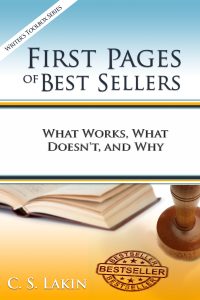 Want to read all the analyses of best-seller first pages on Live Write Thrive?
Want to read all the analyses of best-seller first pages on Live Write Thrive?
Get the compiled collection of posts, along with additional insights and instruction that will help your first pages rock!
First Pages of Best Sellers: What Works, What Doesn’t, and Why is available in Kindle ebook and paperback! Get yours HERE!

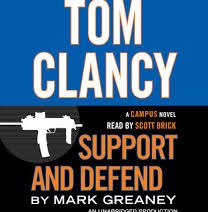
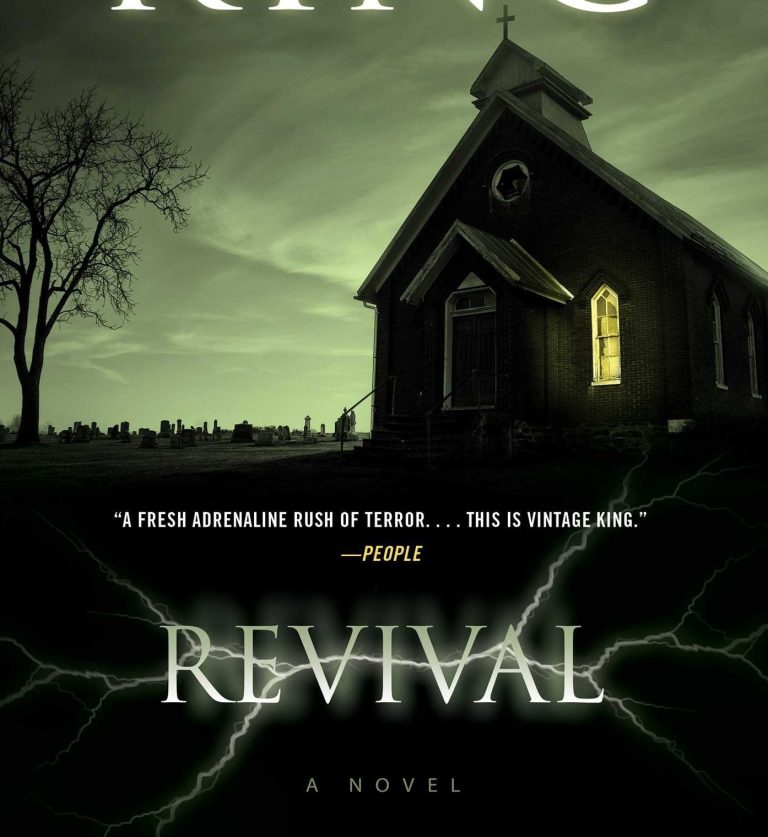
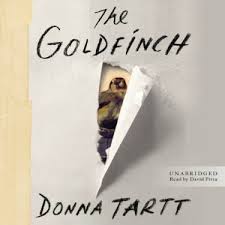
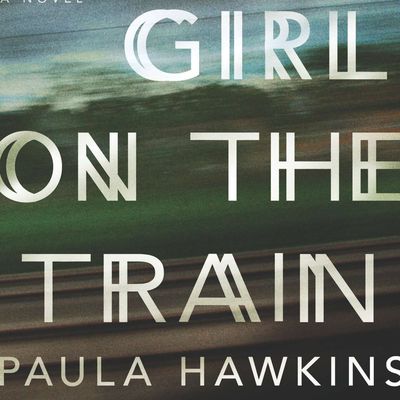
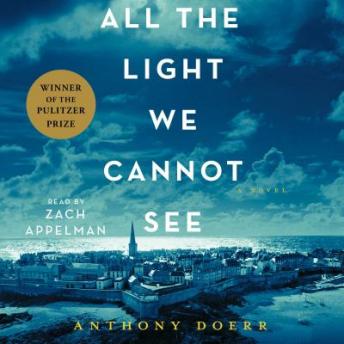
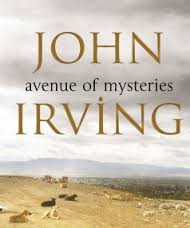
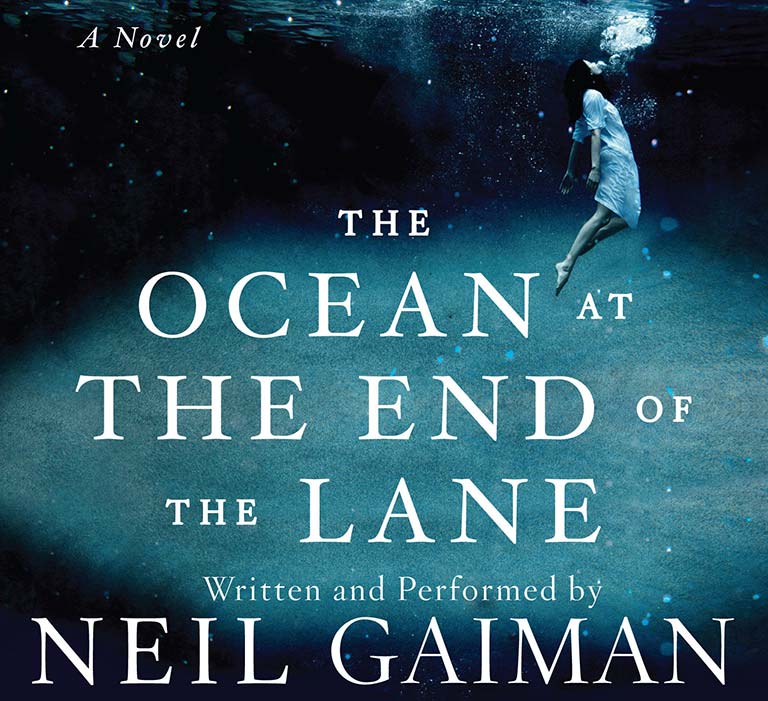




Clancy died in 2013 so no surprise he can’t write books fast enough for his fans. He’s clearly topped, though, by VC Andrews who died in 1983 yet still produces books. Dang those mediums are good! Snicker.
A bigger question about this phenomena is whether you want your own book series or “name” to continue on past your death. That’s where a literary codicil to your will comes in handy. Here’s an article I wrote on the subject as well as a link to Neil Gaiman’s author will form.
http://mbyerly.blogspot.com/2015/08/author-wills.html
As to the first page of the Clancy novel, each genre has its narrative requirements and methods, and military thrillers like Clancy’s tend not to have close-in third person, etc.
But even specific genre narrative requirements has changed in recent years so it’s best to study newer books by successful newer writers to see the current trends.
Thanks for sharing this! I didn’t know Clancy died. I wonder if many of these famous authors that have “help” writing their novels are dead. Makes sense (though I know Patterson is still alive!).
Didn’t Clancy die a few years ago? (Maybe I’m thinking of some other author in this genre).
ps I concur with preferring a deeper POV.
I guess I call this sort of writing ‘paint by numbers’. If one genre novel works, a hundred must work a hundred times better? When the reading public don’t even know that the author has died, they will certainly not question the next novel that comes out breaing his name.
Which means to me that writing ‘genre’ must be nothing more than an exercise following the numbers: 1. introduce the action, 2. show the inciting incident, 3. get the MC into trouble, 4. introduce the opposition….
And I KNOW these items don’t occur exactly in this sequence, but that is the reason I refuse to write genre fiction. I simply don’t know or care about the sequence that we ought to follow to produce ‘story’.
My first concern is the character. IMHO it is the character’s motivation and action that produce the ‘story’.
Will I ever be rich and famous?
Probably not.
The best novels (and the most successful, I feel) are about rich characters going after a fascinating or compelling goal. I agree–motivation is everything. But structure is also very important. While writers don’t have to succumb to “paint by numbers” and create cookie-cutter genre fiction, every novel needs structure to present a solid story. All that structure (inciting incident, plot points, goal, etc.) is what makes a novel a novel and not a short story or memoir or poetry. And just as a piano has 88 keys but a countless number of beautiful pieces can be created on it, a novelist works within acceptable and proven novel structure to create masterpieces. Ignore structure and story collapses. But you would know that’s my stance if you read my blog!
Well, I didn’t mean to imply that I ignore structure. Just that Structure underlies the novel: structure doesn’t lead it or command it. In my judgment.
In recent years it seems to me that everyone is following – or trying to follow – a very tightly proscribed structural pathway in writing a novel. AND it seems to me that the results are exactly what you have defined above: a novel that anyone can write following a design that anyone can follow, until we really can’t tell one from the other.
Yes, I exaggerate.
I have become impatient with lists of “rules”, and an insistence that they be followed. There are no rules in fiction, though there are some useful guidelines.
I am a big fan of Agatha Christie, and I am really appalled at the author that has been writing books using her famous character, the Belgian detective, Hercule Poirot. It is authorized by her grandson. I find it a form of plagiarism, and refuse to read them. I would see these the same way. I think the books by James Patterson are different because he is still alive and can agree to putting his name on the books as a co-author. Maybe this is a new wave of fan fiction, but I am not a fan of it.